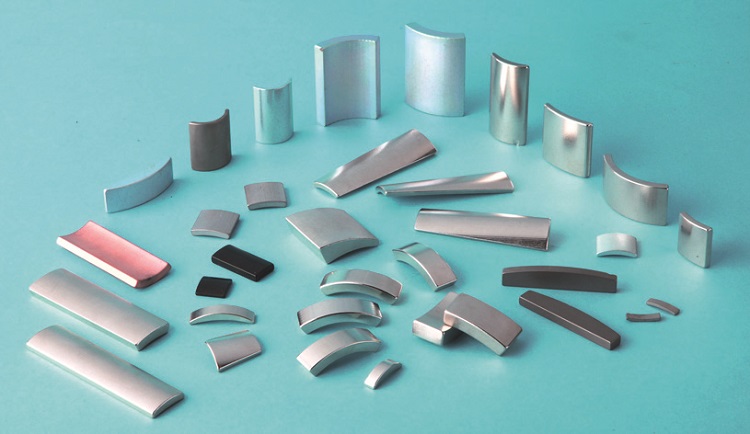How Does a Motor Magnet Perform its Functions
In electric motors, generators, and other electromechanical systems, a motor magnet is a crucial part. The magnetic field produced by the magnet interacts with the conductors carrying the current to cause motion. In this post, we’ll go over the fundamentals of motor magnet operation, different kinds of motor magnets, and their uses.
What is the working of a motor magnet?

A motor magnet operates by generating a magnetic field that interacts with the conductors in the motor that carry the current. Motion is produced as a consequence of this contact, which generates a force that moves the conductors. The magnitude of the magnetic field and the current passing through the conductors define the force and motion.
By lining up the magnetic moments of the atoms in the magnet material, the magnetic field is produced. The magnet material in a motor magnet is often a form of permanent magnet, which means it maintains its magnetization even when separated from the magnetic field. Neodymium, samarium cobalt, and ferrite magnets are the most popular permanent magnet types used in motors.
As a permanent magnet is magnetized, the magnetic moments of the atoms inside the magnet align to produce a net magnetic field. The number of atoms in the magnet and the power of the atomic magnets both affect how strong this field is. The magnetic field lines form a complete loop that extends from the north pole of the magnet to the south pole.
A magnetic field is produced when the motor is powered by a current flowing through the conductors. The conductors move as a result of the interaction between this magnetic field and the motor magnet’s magnetic field. The magnetic field’s orientation and the current flow direction determine the motion’s direction.
Types of magnets used in motors
There are several magnet types used in motors, each having advantages and disadvantages. Neodymium, samarium cobalt, and ferrite magnets are the most popular varieties.
High-performance motors often employ neodymium magnets, which are the strongest kind of magnet. They are very resistant to demagnetization and are constructed of an alloy of neodymium, iron, and boron. Yet, they are also readily broken or chipped due to their brittleness.
Another powerful magnet used in motors is the samarium cobalt magnet. They have a strong resistance to demagnetization and are manufactured from an alloy of samarium, cobalt, and other rare earth metals. They may be used in high-temperature applications because they are more resistant to temperature fluctuations than neodymium magnets.
The most prevalent form of magnet used in motors is a ferrite magnet. These are reasonably priced and constructed of ceramic material. Compared to neodymium and samarium cobalt magnets, they have a weaker magnetic field, but they are more robust and corrosion-resistant.
Uses for motor magnets
Electric motors, generators, and other electromechanical devices are only a few of the many uses for motor magnets. They are employed in anything from little toys to enormous industrial machinery.
The automobile sector is one of the main consumers of motor magnets. Neodymium magnets, which are very strong and provide tremendous torque and acceleration, are used in electric vehicle motors. Motor magnets, which are used in both the electric motor and the generator, are also employed in hybrid vehicles.
The wind power sector is another significant use for motor magnets. Wind turbines employ strong magnets in their generators to transform the kinetic energy of the wind into electrical energy. Due to its great strength and resistance to demagnetization, neodymium magnets are often employed in wind turbine generators.
Last but not least, motor magnets are utilized in a variety of consumer gadgets, such as speakers, computers, and smartphones. One of the biggest producers of motor magnets, China Magnet produces millions of magnets annually for use in various applications. As more sectors transition to electrification and renewable energy sources, demand for motor magnets is rising.
Conclusions
Electric motors, generators, and other electromechanical devices all depend on motor magnets. It functions by producing a magnetic field that interacts with conductors carrying electricity to generate motion. Neodymium, samarium cobalt, and ferrite magnets are the three most popular kinds of motor magnets; each has advantages and disadvantages. The automobile sector, wind energy, and consumer electronics are just a few of the many industries that employ motor magnets. One of the biggest producers of motor magnets, China Magnet is essential in supplying the rising demand for these vital parts.



Commenti recenti